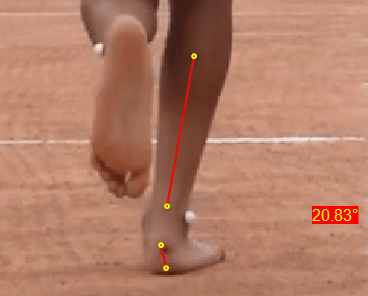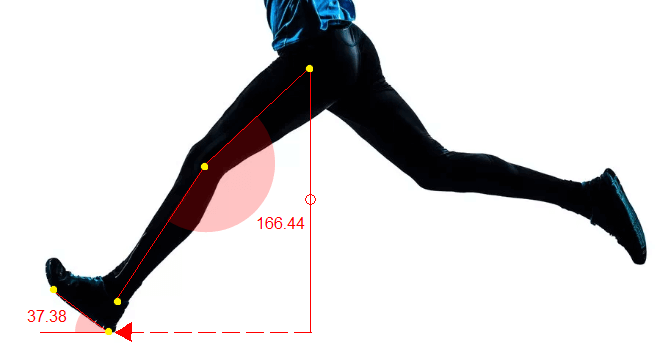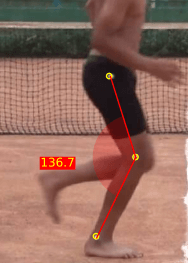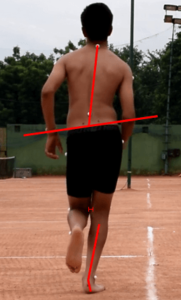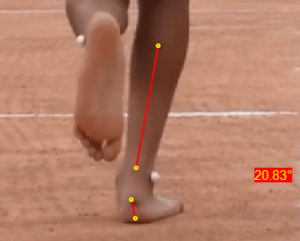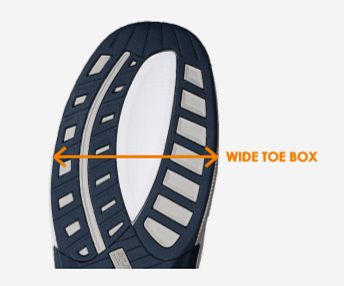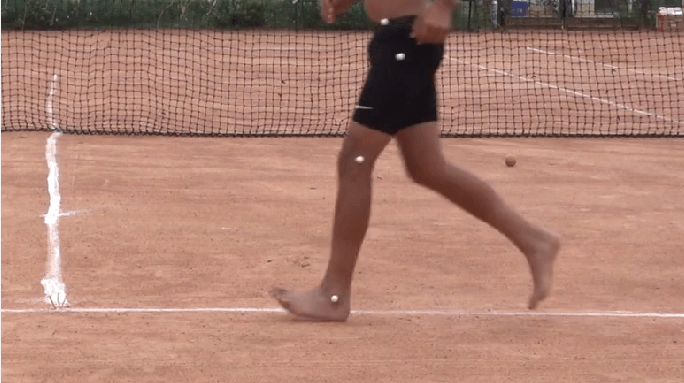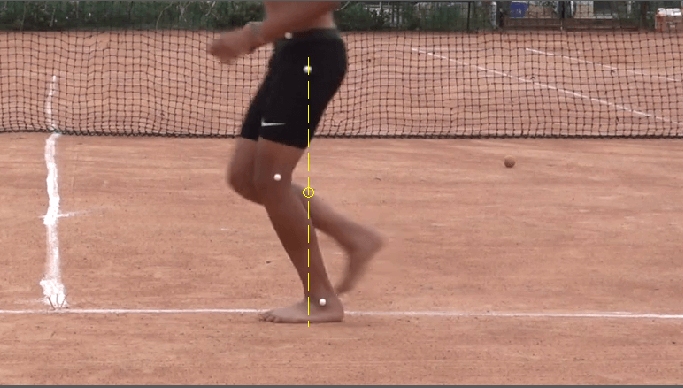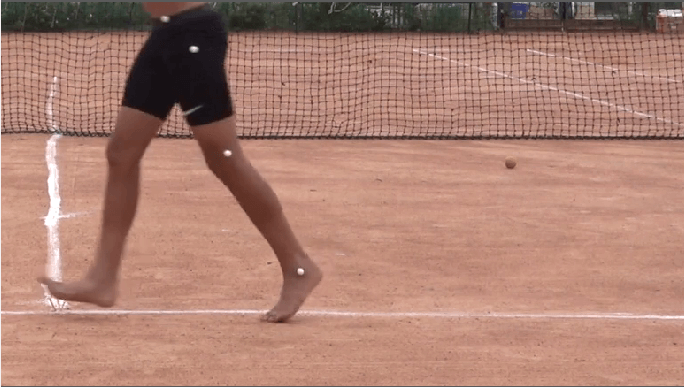With an injury rate of 2.35 per 1000 in the adult population (de Jonge et all, 2011), the Achilles tendon is one of the most commonly injured tendons, especially in athletes involved in running and jumping sports/activities (Kvist, 1994) (Wilson, 2005)
As per studies, the loading on the Achilles tendon during running increases to 12 times the body weight. This is much higher as compared to walking (upto 3.5 times body weight), or cycling (close to body weight) (Komi, et al., 1992). Such loading rates when combined with improper running biomechanics can be detrimental to Midportion Achilles Tendinopathy issues in runners.
A gait analysis, whether observational or through a video based system, is an excellent way to identify any biomechanical faults in the runner. A biomechanical fault can be as a result of either a physical limitation in the body or a technical error in the running form.
In this blog, we will discuss various biomechanical faults that are associate with excessive loading on the Achilles tendon.

